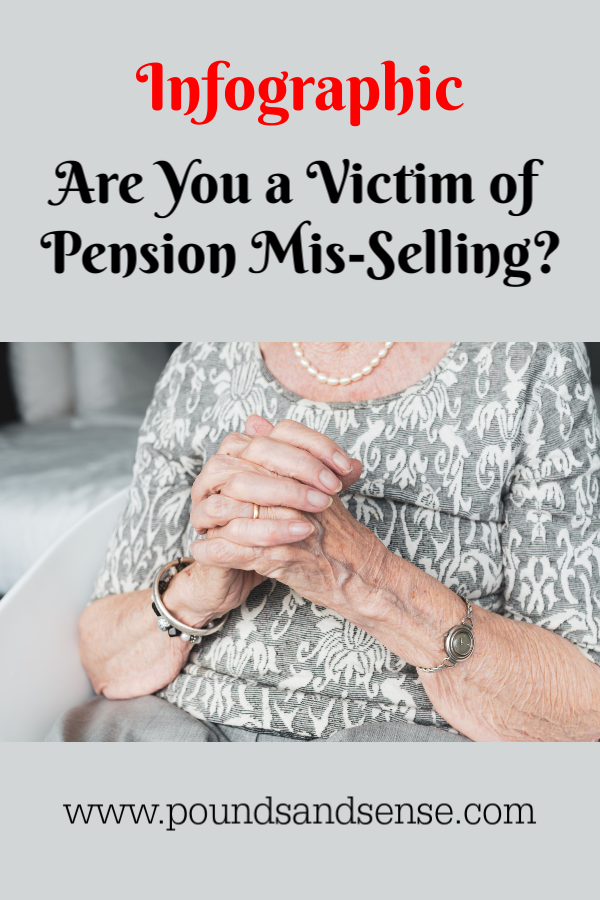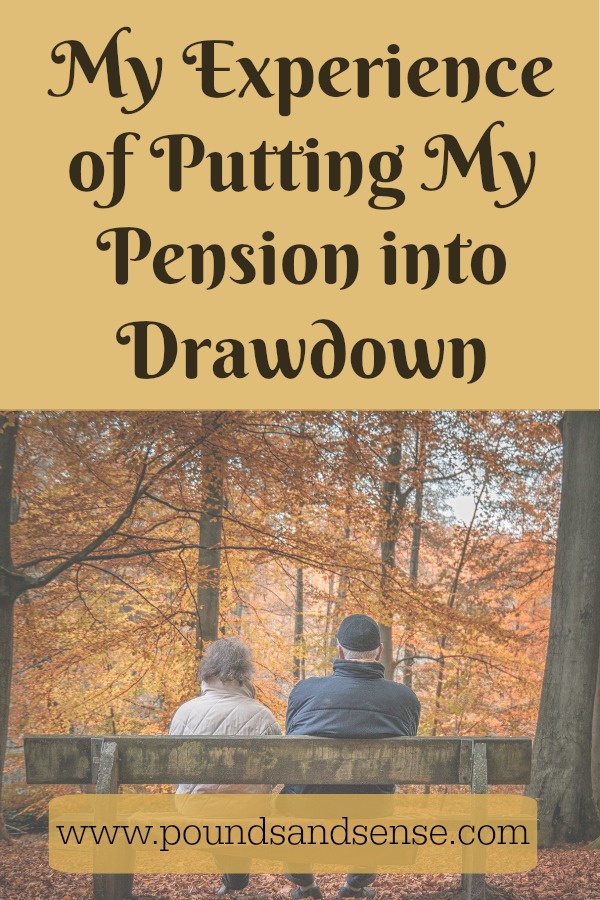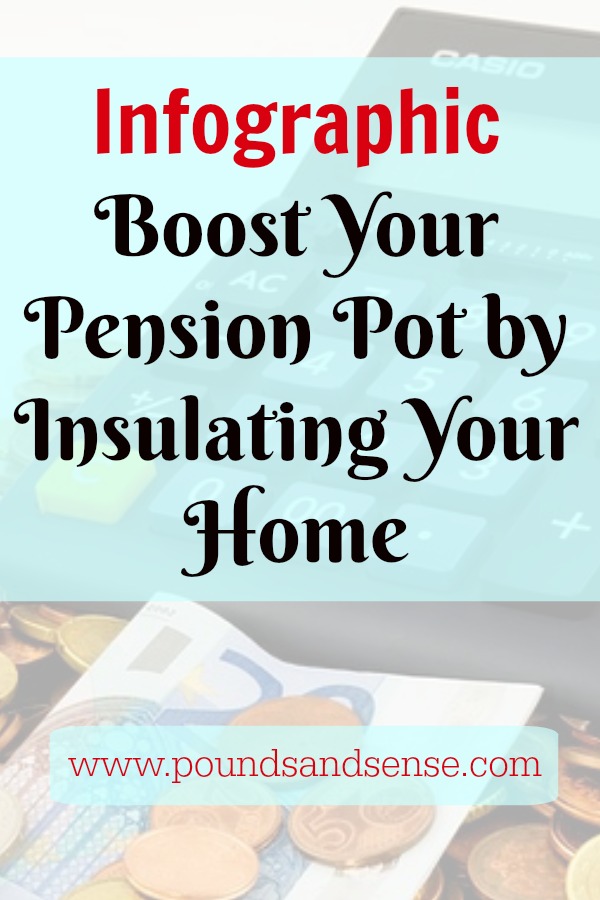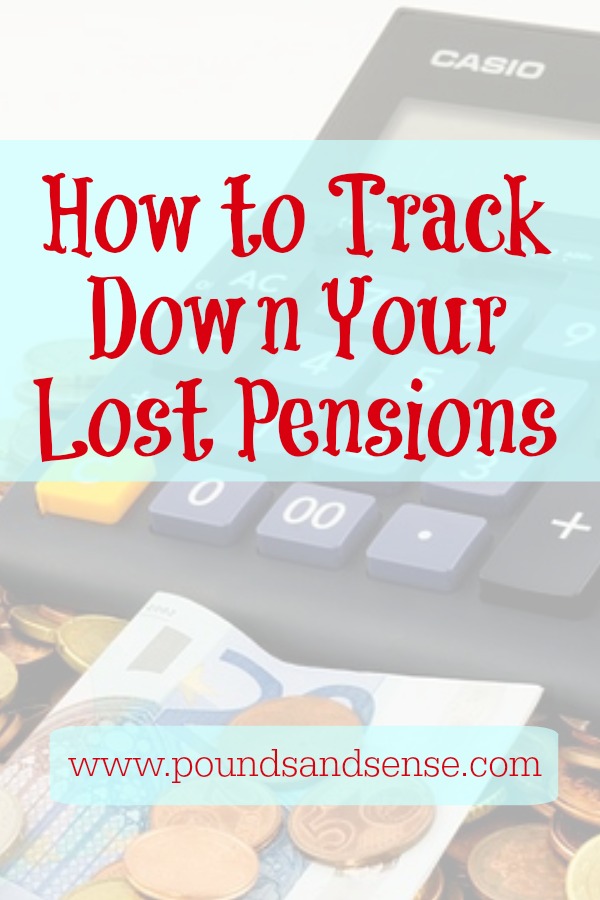Why Property is an Essential Part of the Retirement-Planning Jigsaw
Today I’m sharing some thoughts about the role of property in retirement planning. The post is partly inspired by recent research and insight from retirement planning specialists Just.
In association with Opinium Research, Just surveyed 4,000 adults from all over the UK to discover what they think and feel about property, including their views on owning versus renting, how property affects their attitude to their current and long-term financial plans, whether they thought of their property as a home or an investment, what impact property ownership has across the generations, and more.
When looking at those in their 50s, the research revealed that this age group turned out to be (in some respects anyway) the most pessimistic age group.
Survey Results
The survey threw up some interesting – and in some cases concerning – findings for the 50s age group. Key points arising included the following:
- Whilst those in their 50s are building up towards retirement, half (47%) feel unprepared and hit a ‘pessimistic peak’.
- Among homeowners who don’t feel prepared – not having enough to retire on (52%) and not having enough to do what they want (45%) is the biggest concern. Ranking these above other concerns such as debt and handing down wealth to their children.
- 1 in 4 (23%) don’t know how to fund long term goals. And this goes up to almost half of renters (43%), compared to 16% of homeowners
- It has become noticeably more difficult to get on the housing ladder – and this affects over a quarter (26%) of people in their 50s, who are still renting.
- The impact on retirement is one of the biggest concerns for those now unable to buy, as property remains a core component of household wealth.
- Even those on the property ladder are struggling to juggle their priorities and plan for the future.
You can see more information about the survey, and other findings from it, on Just’s My Home My Future website.
My Thoughts
At the age of 63 I am a little older than this age group, but I can definitely relate to these findings, both in respect of my own experiences and those of friends and relatives.
I believe that property should play an important – and arguably essential – role in every person’s retirement plans. And owning your own property puts you in a far stronger financial position than if you are renting.
One obvious reason for this is that your property can be a source of extra money if and when you need it in retirement. This can work in a variety of ways…
- If you own your property and have equity in it (i.e. its value its greater than any outstanding mortgage/s) you can release some of this by downsizing. By selling up and moving somewhere smaller and cheaper, you may be able to release a chunk of cash that can be used to fund major purchases and/or invested to provide you with extra income.
- If you don’t want to move, you may be able to use equity release to access some of the money tied up in your home. At one time equity release had a slightly dubious reputation due to the risk of going into negative equity, but nearly all lenders now offer a No Negative Equity Guarantee (NNEG) which ensures a borrower can never owe more than the value of their home. Equity release is nowadays a well accepted – and increasingly popular – method for releasing funds tied up in a property. Modern ‘lifetime mortgages’ in particular offer great flexibility for drawing down funds when you need them, with repayment only required when you die or go into long-term care.
- Another option for generating income from your home is to rent a room in it. Under the government’s Rent a Room scheme you can charge up to £7,500 a year in rental without having to pay tax on it. This can work well for people in family homes whose children have flown the nest.
- Owning a property also presents other opportunities to generate money from it. An example is renting out your driveway or garage, which I discussed a while ago in this blog post.
For more information on using your property for money, check out this page from the Just website.
My Circumstances
I am fortunate in that I own my home outright. The mortgage I took out with my late partner Jayne was paid off around ten years ago with the aid of a modest windfall. I also have various pensions and investments.
No-one can see what the future holds, but knowing that I could potentially release a substantial sum from my home if the need arises is obviously reassuring – especially in case in my old age I have to go into long-term care.
The latter is obviously a major concern for many older people. A recent report from Just revealed that 88% of people who have organised long-term care for a family member said they were shocked at how expensive care is, and 75% were surprised by how little financial support the state provides.
Further Thoughts
One thing that struck me particularly in Just’s My Home, My Future survey was the number of middle-aged (and older) people who are still renting, often through necessity rather than choice. Just found that non-homeowners in their 50s tend to be those who haven’t been able to buy their home (43%) rather than those who haven’t chosen to buy (21%).
This is clearly a concern for those affected, and for society generally. These people will be cut off from an important potential source of income in later life. If they have to go into long-term care, much of the (considerable) cost may have to be borne by their family, who may or may not have the means to do so.
A serious discussion needs to take place about how social care in Britain is funded, and specifically the balance between what is paid by the state and by the individual. Government policy in this area has been mired in confusion for years – and with the current political turmoil over Brexit it’s hard to see the situation improving any time soon.
In the meantime, it’s clearly desirable for everyone to get on the property ladder as early as they possibly can, so they are able to build up equity in their home and access the additional cash and income property can provide in later life. Whilst it remains unclear how much any of us will need to contribute to the cost of our own care, having a source of money to fund this if needed is all the more vital.
As always, if you have any comments or questions about this post, please do leave them below. I would especially like to hear your thoughts if you are 50 or over on how you plan to fund your retirement and the role you see for property in this. Check out also the #MyHomeMyFuture hashtag for more about this subject on social media.
- For further advice on planning for retirement, I recommend checking out the government’s Pension Wise website, which includes detailed information about pension saving. If you are over 50 you can also book a free telephone or face-to-face appointment with an adviser who will go through the options with you.
Disclosure: This is a sponsored post on behalf of Just Group plc.














